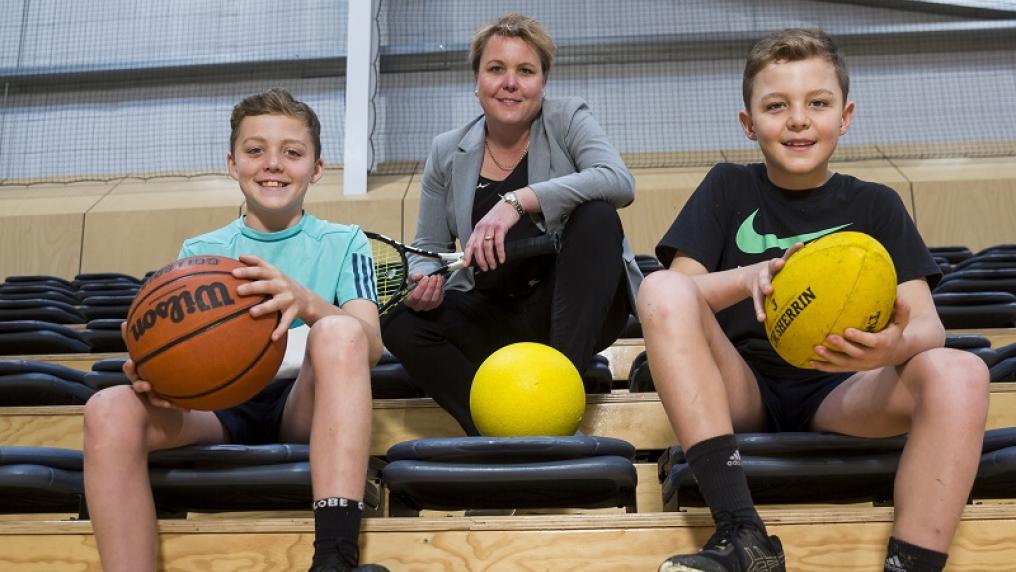Pushing kids into sport too early may backfire

Pushing kids into sport too early can backfire, with new research showing children who start at age four or five are more likely to drop out of that sport or stop doing sport altogether.
Victoria-wide sport participation data funded by VicHealth and Sport and Recreation Victoria, suggests parents are better off waiting for children to turn at least six before enrolling them in sport programs to increase the chance they’ll continue.
“Very young children should be having fun and developing basic motor skills playing unorganised sport,” said Victoria University and Federation University Associate Professor Rochelle Eime.
Her study of nearly 14,000 participation records of girls aged four to 10 in one sport over four years showed the strongest predictor that a child would transition into junior club competition was the age at which they started.
Around 60% of those starting aged four or five dropped out within four years. The optimum entry age for continued participation in the sport was ages seven to nine, with only 30% drop-out rate.
“Very young children are more likely to become bored before they are really developmentally ready for club competition around age eight, and then they’ll either try another sport, or drop out of sport altogether,” she said.
Dr Eime said the reasons for children starting sport too early could be linked to the increase in modified programs for the very young. Pushy parents can also be a factor since many assume the earlier a child starts a sport, the quicker they’ll develop skills and gain an edge over their peers.
“This study suggests that targeting the very young is not the optimum recruitment strategy for continued participation in a sport. Sporting organisations that want to retain kids into their competitive competitions should focus on recruiting them later,” she said.
VicHealth CEO Jerril Rechter said with childhood obesity increasing, it was important that kids have an opportunity to get active in a way that’s fun and interesting for them.
While Dr Eime’s study looked only at female participants in a predominantly female sport, the data could be generalised for boys and other sports.
Sport participation data
The study was recently published in BMC Public Health. The research data is part of the Sport and Recreation Spatial, the largest repository of sport participation data in Australia. It aims to improve government decision-making about strategies and funding for sport, and provide sporting associations with participation trend data.



